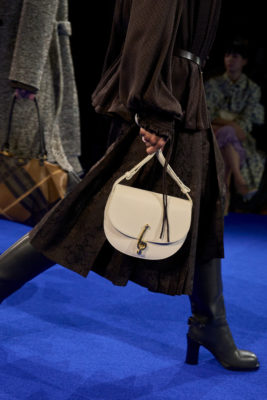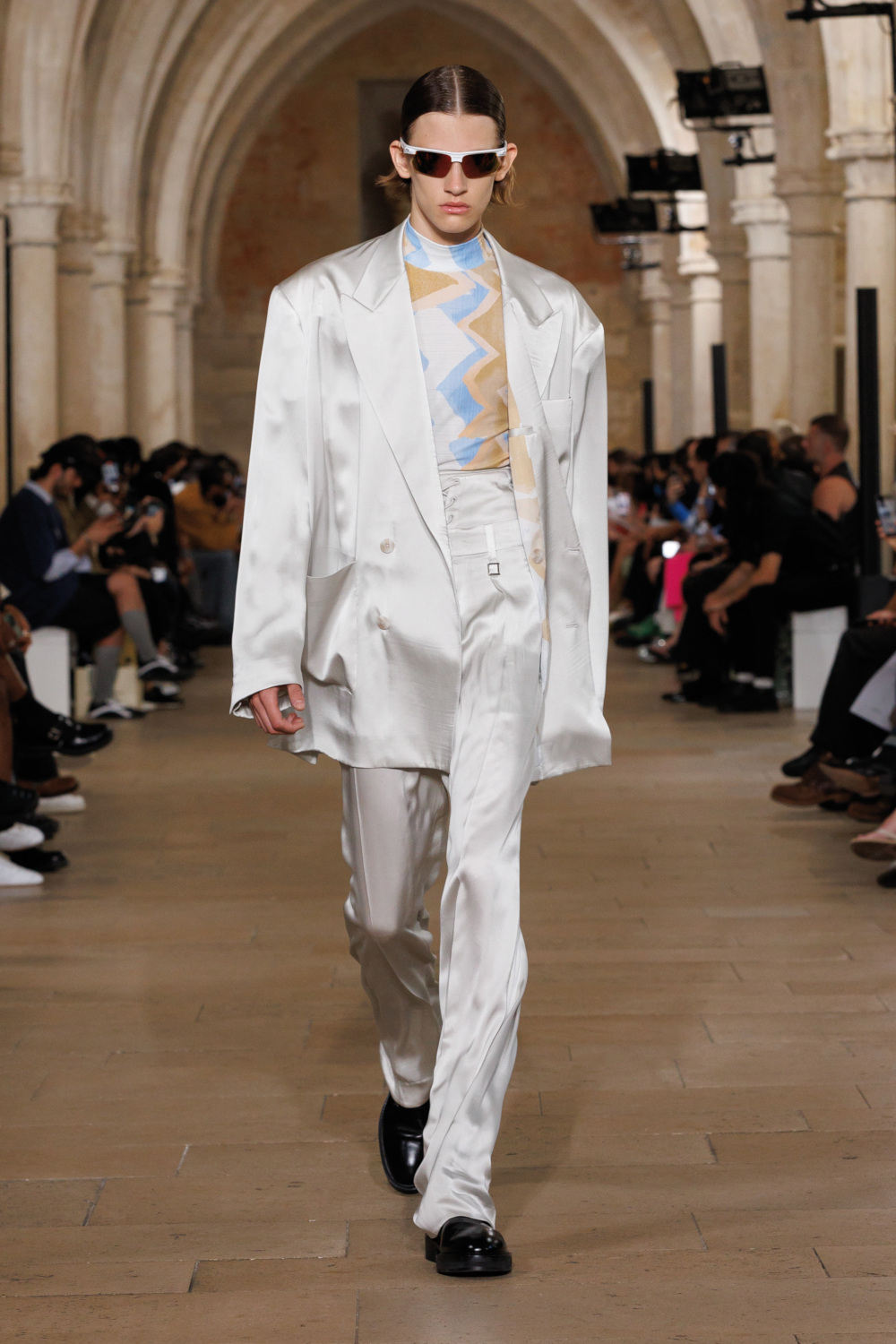
Refashioning The Suit: The Designers Tailoring The New Look
By
3 months ago
The new wave of men's suiting has arrived
Despite the dressing down of traditional codes, tailoring hasn’t taken its final turn. Shane C. Kurup examines the designers refashioning the suit for modern life.
What Does The Modern Suit Look Like?
In March 2022, when the world was stirring from its pandemic slumber, it was announced that the Office for National Statistics was removing men’s suits – and doughnuts – from the basket of daily goods used to compute the national inflation rate, to be replaced with sports bras and meat-free sausages. A flurry of newspaper and online columns soon emerged lamenting the death of the two-piece.
While there has no doubt been a shift in formal dress codes to the more casual side of the spectrum in recent years – thanks to the 24/7 nature of modern life and the invasion of sportswear (you can now wear sneakers to The Savoy without putting the doorman’s nose out of joint) – we of course know that the suit’s extinction has been greatly exaggerated. After all, tuning into Zoom meetings wearing sweatpants concealed by your kitchen table is one thing, but unless you’re in a liberal arts field, a boardroom meeting with the boss in your muftis isn’t going to improve your prospects of promotion.
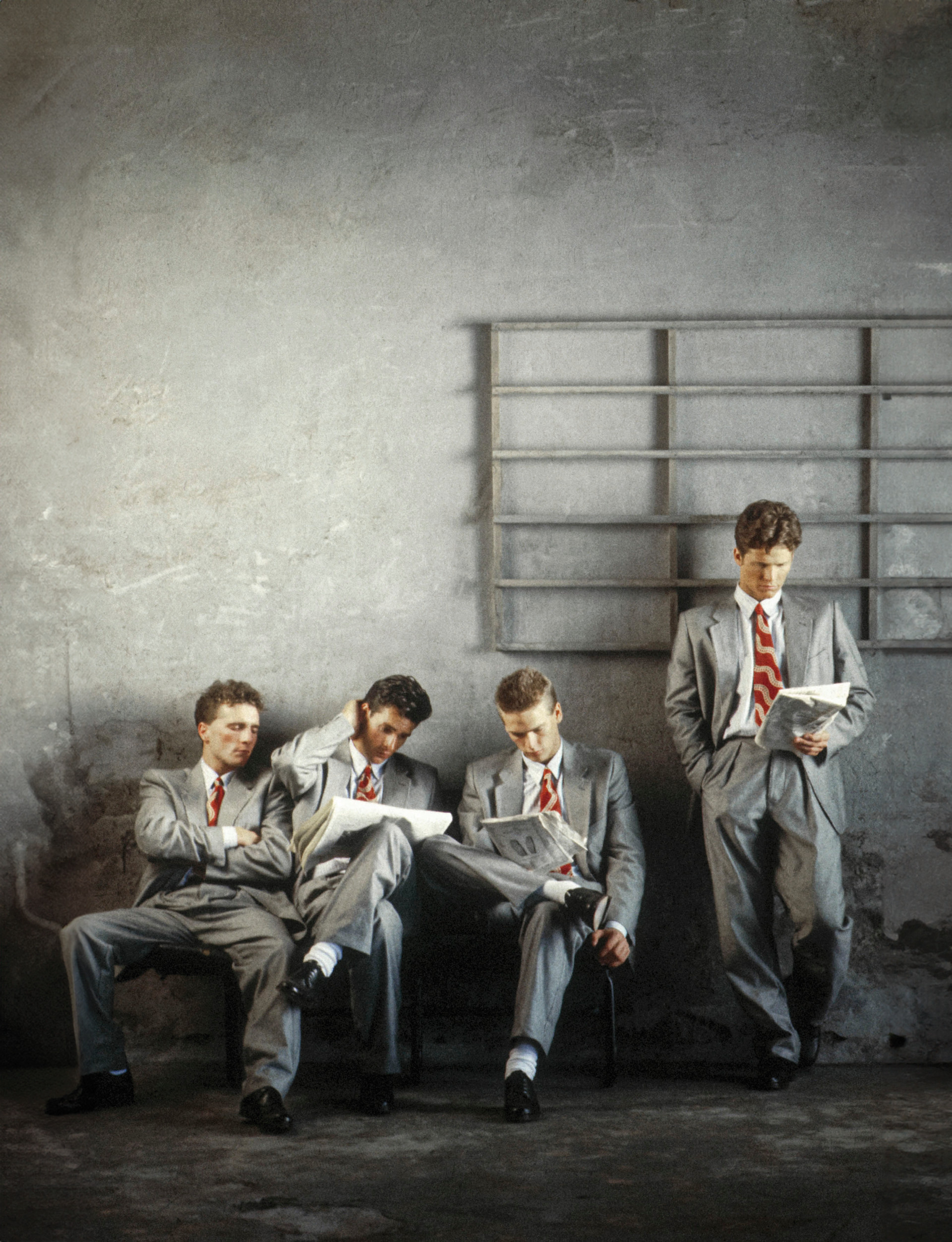
Armani’s tailoring from the 80s and 90s (this picture and bottom right) introduced softer, fluid forms | Emporio Armani SS1984 (c) Aldo Fallai
Instead, the suit is evolving, adapting to our less traditionbound, comfort-first age and both established haute houses and young, dynamic designers are showing their skill for refashioning the established tailoring template.
Of course, the altering of the suit isn’t a new phenomenon. Giorgio Armani pulled apart the starchy suit at the seams, with his so-called ‘sincere’ look of the 80s and early 90s that saw tailoring take on a softer, fluid form of capacious proportions, absent of the padding and close cuts of the preceding Disco age. Armani’s suiting today retains a sense of louche nonchalance, which, in the typically cyclical nature of fashion, many younger brands are adopting, too.
Armani’s fluid tailoring introduced a new sense of relaxed elegance,’ says Soshi Otsuki, founder of Tokyo-based Soshiotsuki. ‘The resurgence of this aesthetic is closely tied to the post-pandemic lifestyle shift. Designers are reintroducing less structured, more fluid tailoring that has a polished, yet effortless feel. It strikes a balance between sophistication and comfort, making it particularly relevant now,’ he adds. The Soshiotsuki SS25 collection riffs heavily on this vibe, which fashion journalist Ashley Ogawa Clarke said makes you ‘feel like a Showa-era playboy surfing the wave of Japan’s bubble economy’, in his review for Vogue Runway.
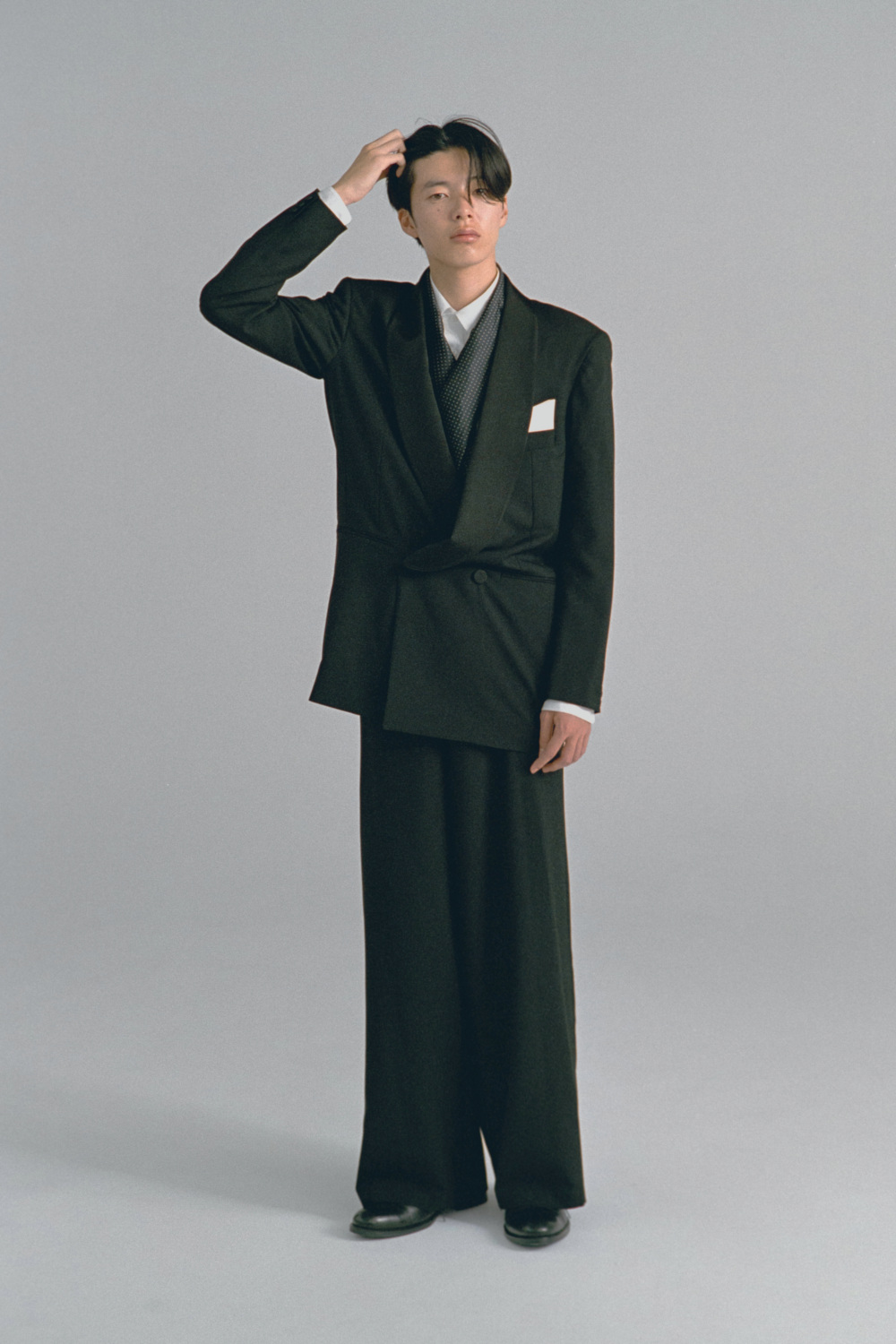
Soshiotsuki’s SS25 tailoring is a Japanese reimagining of Armani’s 80s and 90s louche nonchalance
Anyone familiar with Armani’s work the first time around will look at Soshiotsuki’s capacious cuts and draping (that speak of the era of excess) and see a striking resemblance to the original blueprint – which is little wonder, as Otsuki studied vintage Armani jackets and trousers from the 80s and 90s to inform the framework of the collection. It’s like American Gigolo has been recast in Ginza, with flawless Japanese fabrics and cleverly concealed details, such as openings in jacket linings that emulate the original function of Kimono sleeves as pockets for stowing personal effects. ‘I think the future of tailoring will be defined by its ability to tell a story. The narrative and identity that a suit conveys will become just as important as the garment itself,’ says Otsuki. ‘Suits will continue to evolve as a medium for personal expression, rather than simply a uniform for formal occasions.’
This idea of men wearing tailoring out of choice (rather than obligation) is shared by Dag Granath, co-founder of Saman Amel, who’s seen an uptick in tailoring sales from fledging suit-wearers since the pandemic. ‘Fewer occasions require tailoring and this means people now approach it because they want to, not because they need to,’ says Granath. Stockholm-based Saman Amel’s suiting architecturally leans into soft, southern Italian construction, but also nods to its Scandinavian roots with muted, neutral linens and wools, and better jacket coverage, which at Italian ateliers can come up short – a recipe that Granath feels has wide-reaching appeal. ‘It’s very cheesy, but I like for us to be a brand that can dress the artist and the owner of the gallery – in the morning we can have a client who’s a young art director and in the afternoon a senior lawyer, and this reflects the state of tailoring,’ says Granath.
And of course, softer, deconstructed tailoring is better suited to the world’s warming climate. P. Johnson, which originally hails from Sydney and now has ateliers in Melbourne, New York and London, places emphasis on the more carefree approach to bespoke tailoring that embodies the laidback Australian spirit, prizing easy fits, breezy linens and wools, and pairing custom-made jackets with classic blue jeans.
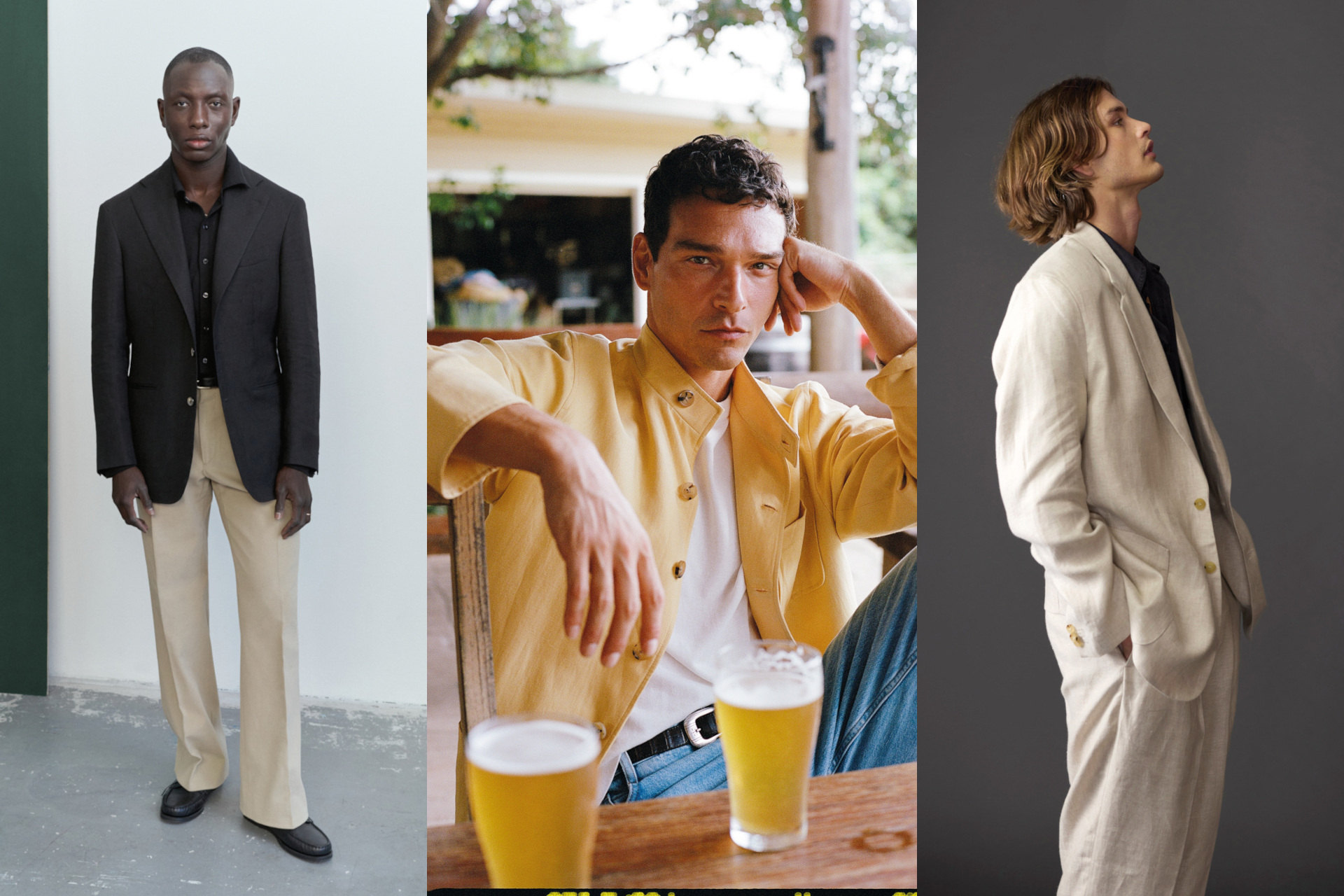
(L to R) Saman Amel, P. Johnson, Heron’s Ghyll
This fusion of global ideas is also what informs Heron’s Ghyll, named after the bucolic East Sussex village and helmed by Malaysian-born Mark Francis. His designs combine Francis’s self-taught know-how of English tailoring with elements of traditional Eastern dress and cultural touchstones, such as Nehru collars and easy-fitting 80s shapes and soft colour palettes, inspired by muses such as Hong Kong leading man Leslie Cheung, who’s still regarded as a beacon of men’s style over 20 years after his death.
London, perhaps, is quite rightly considered a progenitor of traditional men’s dress standards and many seminal designers flocked to Savile Row to cut their teeth, including Stella McCartney and Alexander McQueen, who both had spells in its cutting rooms. That tradition continues today. Kyle Ho – one of the most promising new-gen designers lauded by the British Fashion Council – came from Hong Kong to learn the tailoring trade on the Row at Scabal before establishing his own eponymous label, where he employs the precision British cutting techniques he’s learned to fashion modern, sculptural tailoring that also has a compelling cultural narrative. ‘After the pandemic, we wanted to look sharp without feeling restricted – refined but effortless. I design tailoring with a strong and confident shape, but there’s an ease to how it moves and fits – and unexpected details add character without feeling overdone,’ says Ho. ‘It’s about wearing something that feels natural and expressing yourself without being boxed into the old norms.’
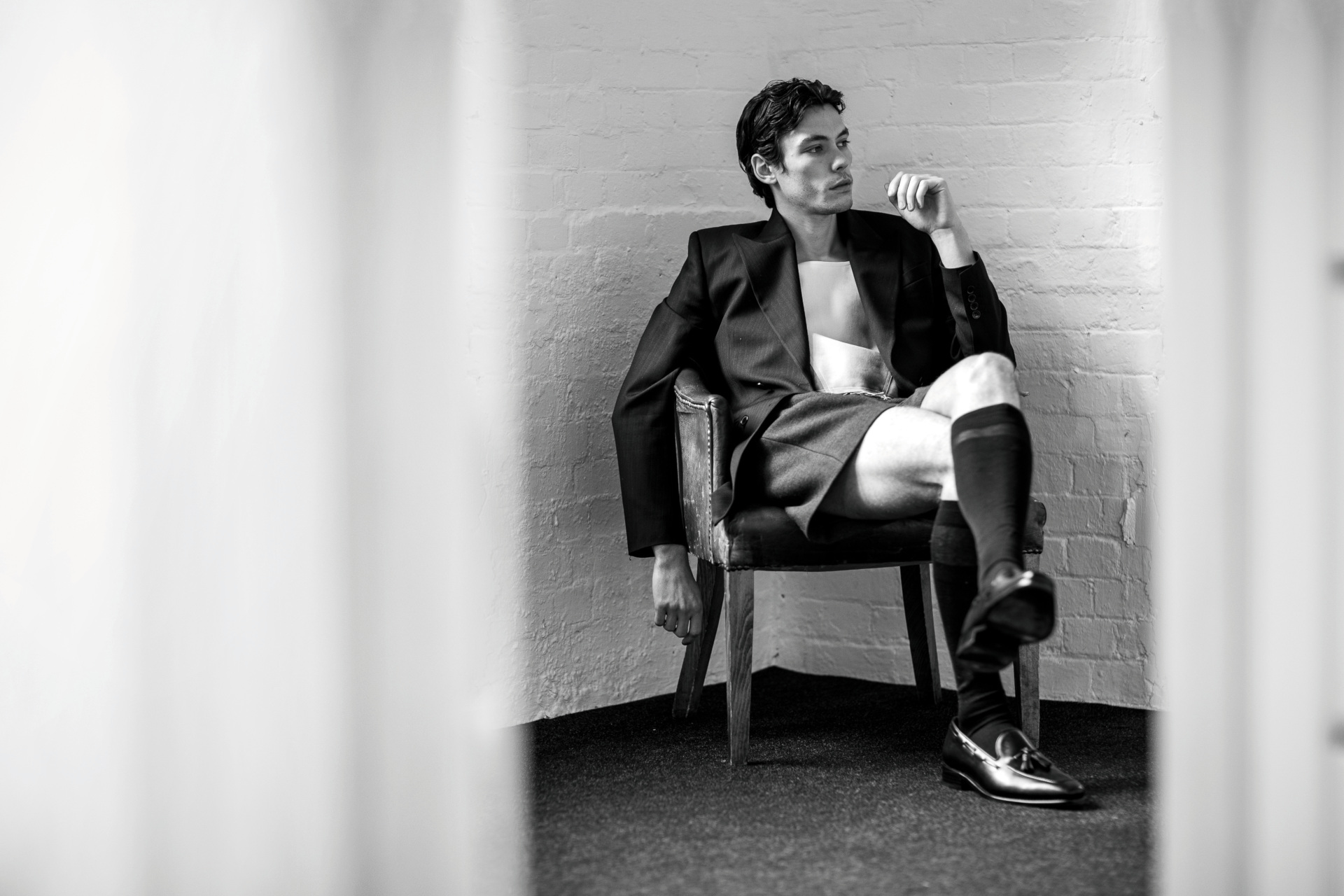
Kyle Ho employs precision British cutting techniques
Savile Row now isn’t just a place for the old guard. Yuri Yuri, which set up shop on the thoroughfare in 2019, has a retro-inspired vibe which, alongside Edward Sexton, feels altogether more rock ’n’ roll than what’s offered elsewhere on the street. But the trophy for the biggest disruptor on the Row goes to clothsurgeon, founded in 2012 by Rav Matharu, a former pro-footballer turned creative director, who recently bagged the Walpole British Luxury Game-Changer Award. Matharu takes the idea of tailoring as an ‘establishment’ uniform and turns it on its head by reworking it as bespoke streetwear – a genre that has drastically changed the way we dress in both town and country (down puffer, anyone?). ‘The brand is heavily rooted in street and sportswear culture, and my approach has always been to merge that with a high-level of craftsmanship and British tailoring standards,’ he says. ‘For me, bespoke is the ultimate form of expression.
Also blending street cred with tailoring prowess is US label Fear of God, headed by Jerry Lorenzo. Lorenzo could have just stuck to denim and sweats, but his penchant for king-size, strong-shouldered blazers styled with light-wash denim echo the ‘big fit’ suits worn by Michael Jordan in the 90s, which feel all the more current now with the slackening in fits and breaking up of suit components.
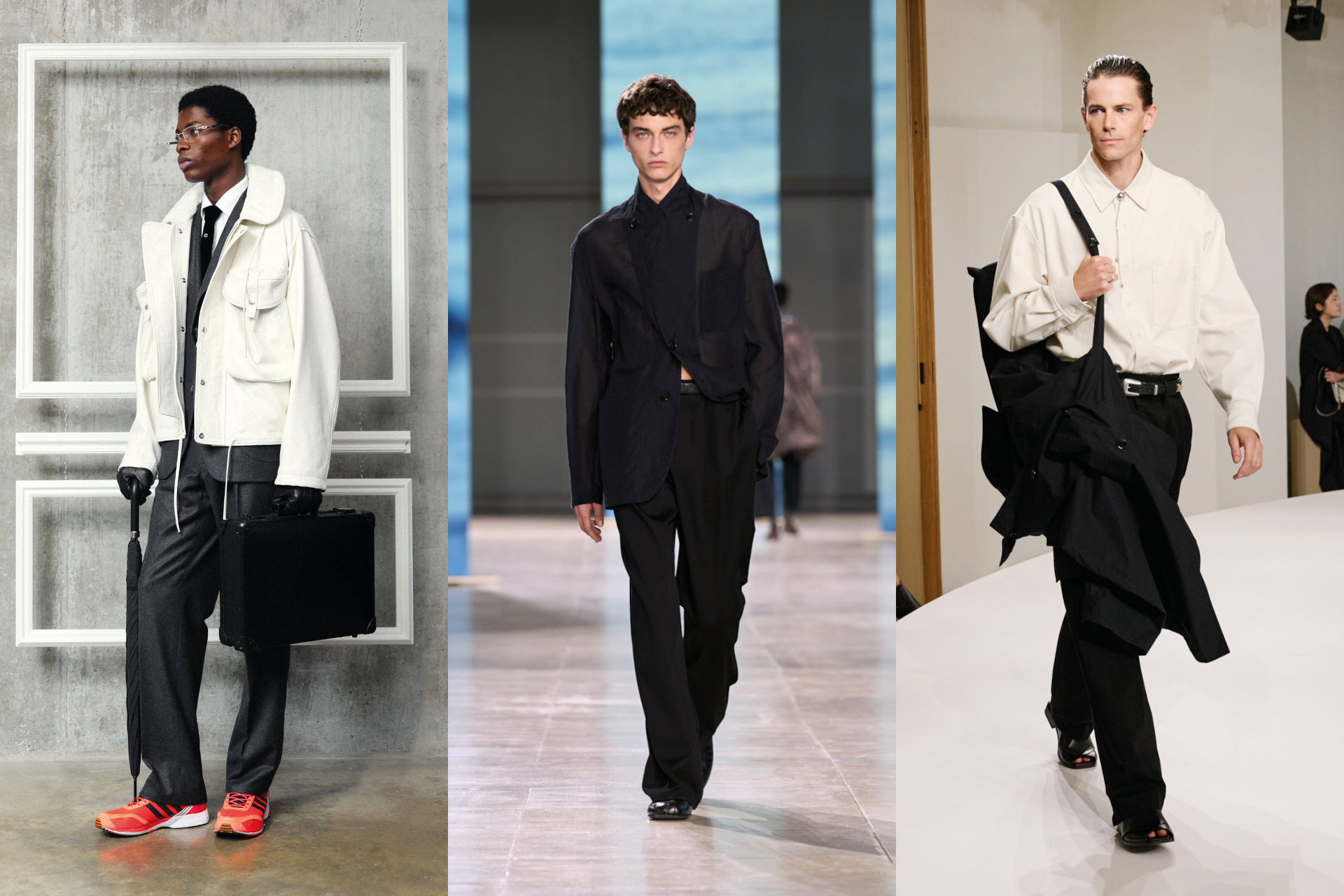
(L to R) clothsurgeon, Hermès, Lemaire
Wooyoungmi, based in Paris but founded by Seoul-born Youngmi Woo, takes a distinctly off-kilter approach on the cutting table, bringing tailoring kicking and screaming into the Gen-Z realm for SS25 with futuristic oversized, glossy double-breasted suits and reinterpretations of Korean bojagi shirts with fastenings that reference Joseon knottying traditions.
Of course, these looks might not be to your taste if you’re a mere mortal or not sub-21 in years, but the effect has filtered down to the high street in a more palatable fashion. COS offers accessible, quality tailoring that interprets these more relaxed blocks in an everyday context.
Elsewhere, Hermès, which sits at the zenith of the luxury landscape with its grail bags that have a waitlist as long as the Seine, has garnered a loyal following for its menswear – designed by Véronique Nichanian since 1988 – and champions a low-key refining of the suit. Her tailoring displays a finessing of materials coupled with discreet, technical details that gracefully whispers ‘luxury’ rather than shouts it. It’s the kind of tailoring that will inspire compliments but not solicit stares.
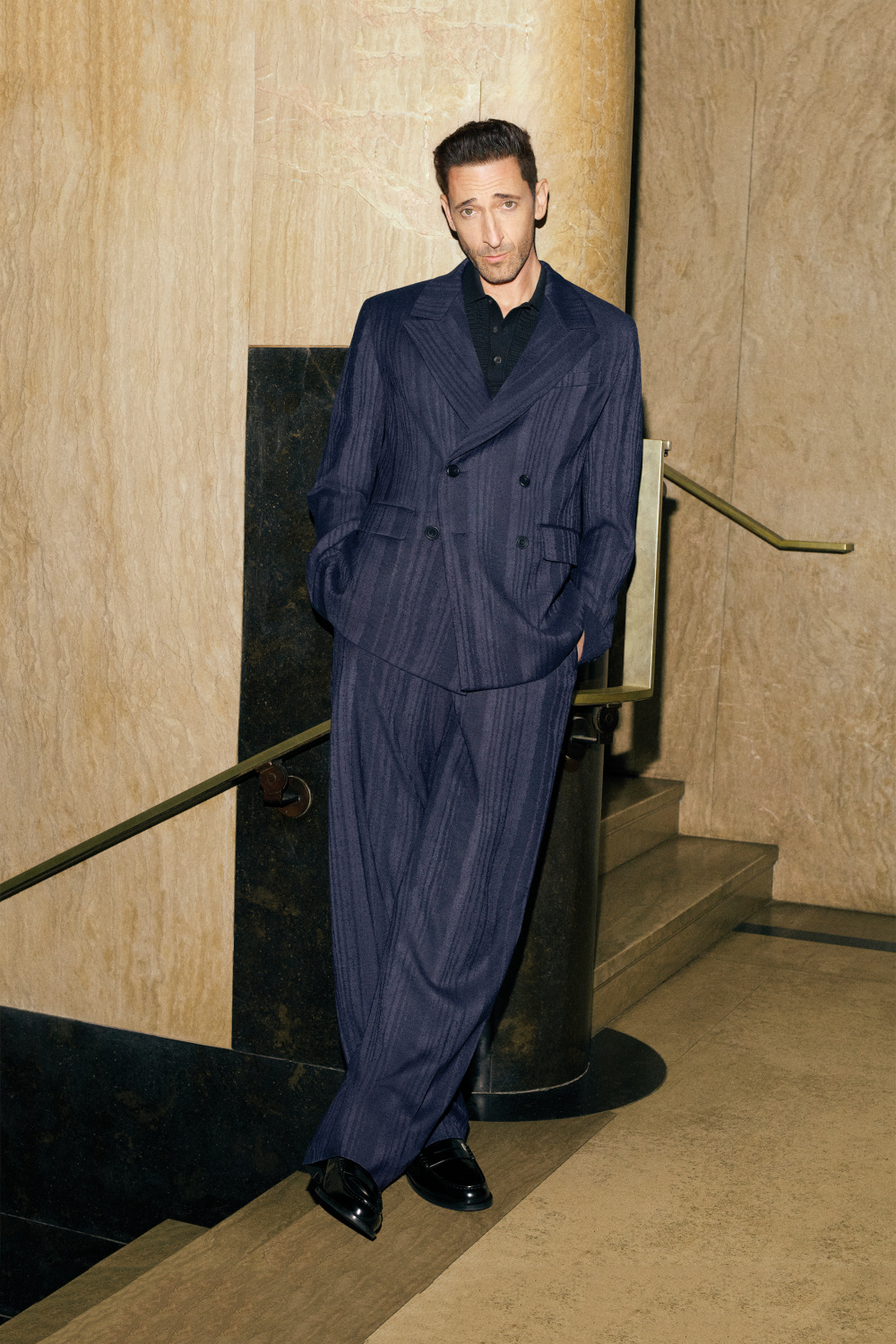
Cos’s SS25 campaign features Adrien Brody
If simplicity with character is more your vibe, Lemaire – a young French brand founded by Sarah Linh Tran and Christophe Lemaire – and British label Studio Nicholson champion the kind of crisp minimalism born in the brain of German designer Jil Sander, but with a more malleable quality that better suits the pace of modern life. Tailored jackets and trousers are cut with volume from either crisp poplins or silky viscose and summer-weight wools, and include practical details, such as internal straps to turn your jacket into a bag – or just sling it over your shoulder when you’re in the sweltering confines of the Central Line in mid-summer.
This across-the-board trend for refashioning – or revisiting the suit – isn’t going anywhere, along with a more liberal approach to how you wear it that’s changing the very subtexts of tailoring. How you choose to wear it – and where you wear it – is your own story to sew.






